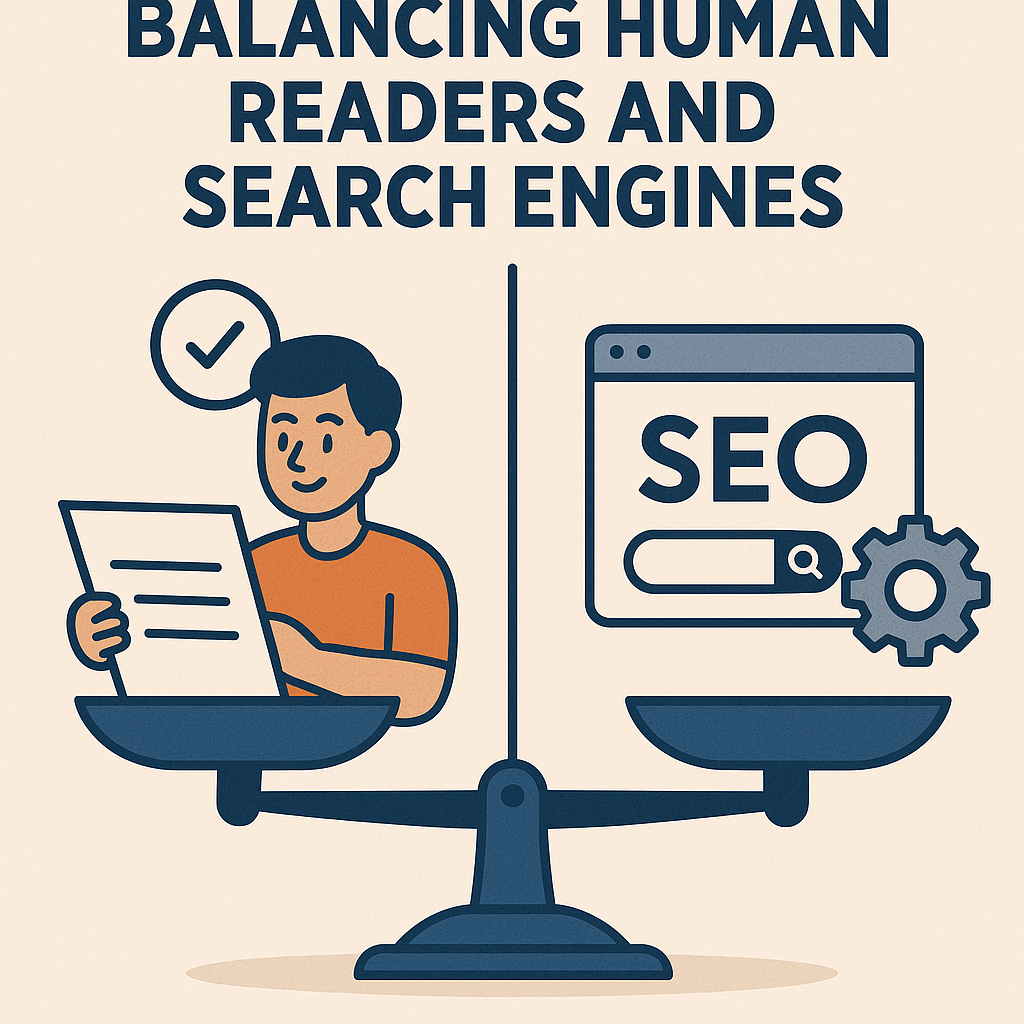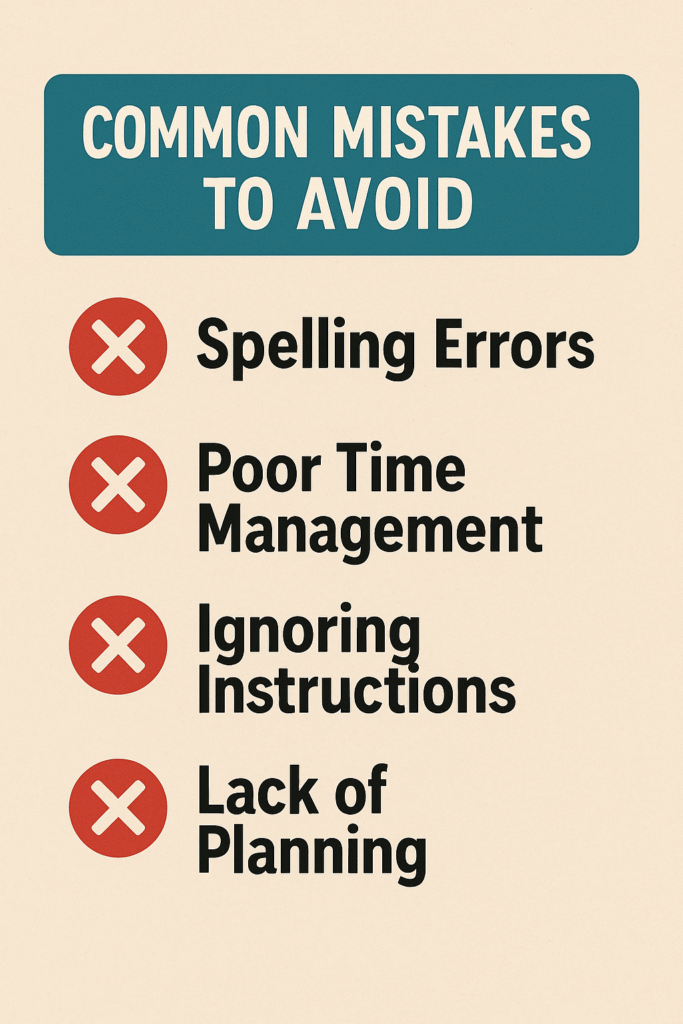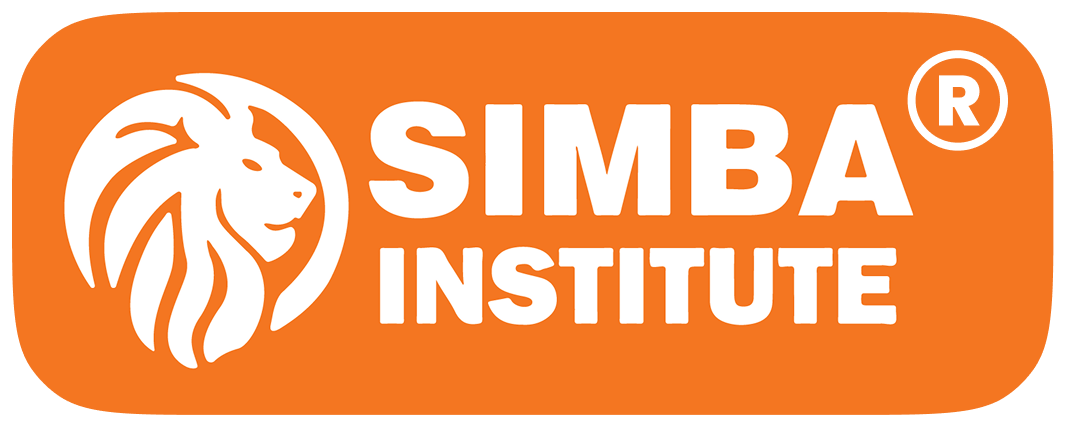Search
People also search for:
SEO Copywriting: Balancing Human Readers and Search Engines:
SEO Copywriting: Balancing Human Readers and Search Engines:
- Home
- SEO Copywriting: Balancing Human Readers and Search Engines:
SEO Copywriting: Balancing Human Readers and Search Engines:

In today’s digital-first world, content is more than just words on a page — it’s the bridge that connects businesses to their audiences, and the pathway that leads search engines to discover, index, and rank websites. For digital marketers, mastering the art of SEO copywriting is not just an option; it’s a necessity.
Yet here lies the challenge:
How do you write content that not only satisfies search engine algorithms but also captivates and resonates with human readers? How do you strike the perfect balance between optimization and authenticity?
This guide unpacks the core principles of SEO copywriting with a human touch — tailored especially for digital marketing professionals, content creators, and business owners looking to elevate their online presence.
Understanding SEO Copywriting:
At its core, SEO copywriting is the practice of creating content that ranks well in search engines and engages readers effectively. It’s a blend of technical SEO strategies and persuasive writing techniques.
Where traditional copywriting focuses solely on convincing a human audience to take action, SEO copywriting intertwines this with search optimization principles — such as keyword usage, meta tags, internal linking, and readability.
Why is SEO Copywriting Important?
Higher Visibility: Optimized content helps your website rank higher on search engines, making it easier for potential customers to find you.
Improved Engagement: Well-written content keeps users on your site longer, reduces bounce rates, and increases conversions.
Sustainable Growth: Unlike paid advertising, organic search traffic builds long-term authority and trust with your audience.
The Two Audiences: Search Engines vs. Human Readers

Search Engines (like Google): They analyze your content for relevance, quality, and authority using algorithms.
Human Readers: They want content that informs, entertains, solves problems, and is easy to consume.
The best SEO copywriters write for humans first, and then optimize for search engines — not the other way around.
Key Elements of Effective SEO Copywriting:
1.Comprehensive Keyword Research:
Keywords are the foundation of SEO. These are the terms your target audience is typing into search engines to find solutions, products, or services.
How to approach keyword research:
Use tools like Google Keyword Planner, Ahrefs, SEMrush, or Ubersuggest.
Focus on long-tail keywords – these are specific phrases that often have less competition and higher conversion intent (e.g., “best SEO copywriting tips for beginners”).
Understand search intent: Are users looking for information (informational), trying to make a purchase (transactional), or comparing options (navigational)?
Pro tip:
Sprinkle keywords naturally throughout the text — in headings, subheadings, introduction, and conclusion — but always prioritize readability. Avoid keyword stuffing.
2. Crafting Compelling Headlines:
Your headline is the first impression — for both search engines and users. A strong headline can make the difference between a click and a scroll-past.
Tips for headline writing:
Include your primary keyword naturally.
Keep it under 60 characters (to display properly in SERPs).
Use power words, numbers, or questions to spark curiosity (e.g., “7 Proven SEO Copywriting Strategies to Skyrocket Your Traffic”).
3.User-Friendly Structure and Formatting:
Humans skim. They don’t read every word. To accommodate this behavior:
- Use short paragraphs (2–4 lines max).
- Incorporate subheadings (H2, H3) to organize content.
- Use bullet points, numbered lists, and bolded text to highlight key takeaways.
- Include images, charts, or infographics to break up text and enhance understanding.
4. On-Page SEO Elements:
While the body of your content is crucial, don’t neglect the technical elements that help search engines understand your page.
Title Tag: Incorporate your keyword naturally and keep it concise.
Meta Description: A 150–160 character summary that entices users to click.
URL Structure Keep URLs clean, descriptive, and keyword-rich.
Internal Links: Link to related articles or pages on your site to improve navigation and SEO value.
Alt Text for Images: Describe images clearly for accessibility and image SEO.
5.Writing with Empathy and Intent:
Now comes the heart of human-centered copywriting: empathy. Understand your audience’s pain points, desires, and motivations.
- Address their questions clearly.
- Speak in their language (avoid jargon unless your audience expects it).
- Provide actionable advice and insights.
- Use storytelling, examples, and analogies to make abstract ideas relatable.
Example:
Instead of writing:
“SEO copywriting improves website rankings.”
You could write:
“Imagine your website appearing at the very top of Google — right when your ideal customer is searching for what you offer. That’s the power of strategic SEO copywriting.”
6.Optimize for Readability:
Readability tips:
- Use conversational language (write like you speak).
- Vary sentence length but keep most sentences concise.
- Use transition words (“however”, “for example”, “in contrast”) to guide readers.
- Aim for a Flesch Reading Ease score of 60–70 (tools like Hemingway or Grammarly can help).
7.E-A-T: Expertise, Authoritativeness, Trustworthiness:
Google’s algorithm favors content that demonstrates E-A-T — especially in sensitive industries (health, finance, legal).
- Cite credible sources.
- Include author bios (especially if the author has relevant credentials).
- Keep content accurate and up to date.
Common Mistakes to Avoid:

Keyword Stuffing: Overusing keywords makes content sound robotic and can trigger penalties.
Ignoring Search Intent: Writing content that doesn’t align with what users are actually looking for.
Thin Content: Pages with little value or surface-level information won’t rank or engage users.
Neglecting Mobile Optimization: Over 60% of searches come from mobile — your content should be mobile-friendly.
Advanced Tips: Taking Your SEO Copywriting Further:
For those ready to go beyond the basics:
Featured Snippets Optimization: Answer questions concisely (in under 40–60 words) to increase chances of being featured at the top.
Schema Markup: Add structured data to help search engines better understand your content context.
Voice Search Optimization: Use natural language and FAQs to align with voice queries.
Measuring SEO Copywriting Success:
You can’t improve what you don’t measure. Track these key metrics:
- Organic Traffic (via Google Analytics)
- Keyword Rankings (via Ahrefs, SEMrush, etc.)
- Bounce Rate and Dwell Time (indicate engagement)
- Conversion Rates (the ultimate goal!)
Digital marketing course:
Simba institute:

- This institute is the best option for your digital marketing career.
- In which your career becomes better.
- Simba Institute also provides online courses.
- Apart from digital marketing, many other courses are also available at Simba Institute.
- My own experience at Simba Institute was ,
- This institute is the best.
- I got training there to take my career further.
- Every question is answered properly.
- The technique of explaining here is also good.
- The practice team is also the best team.
- Internship is also provided.
- They explain in the best way with practical.


